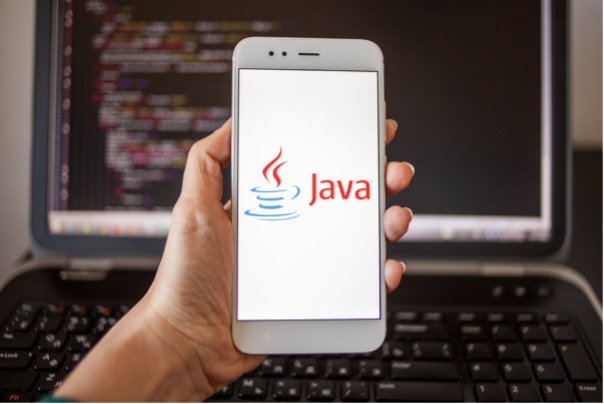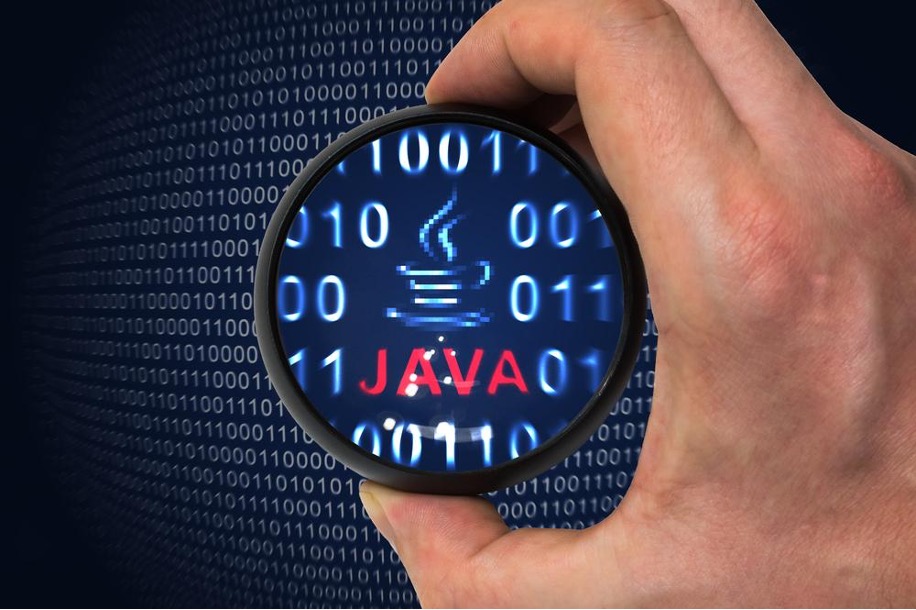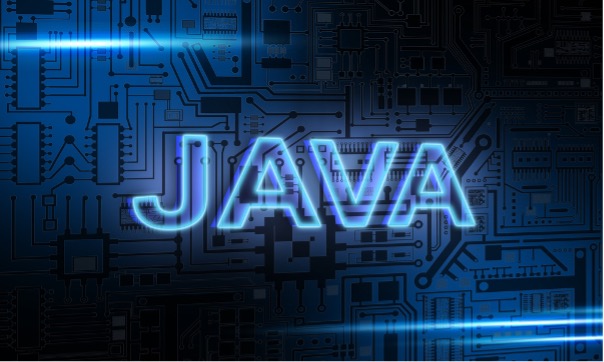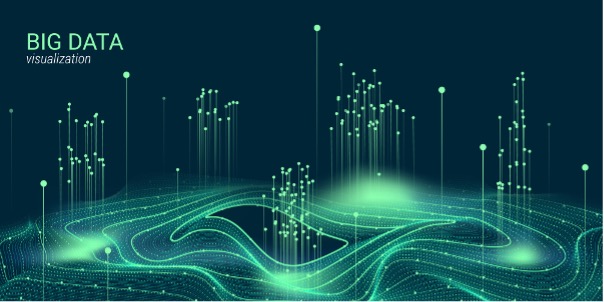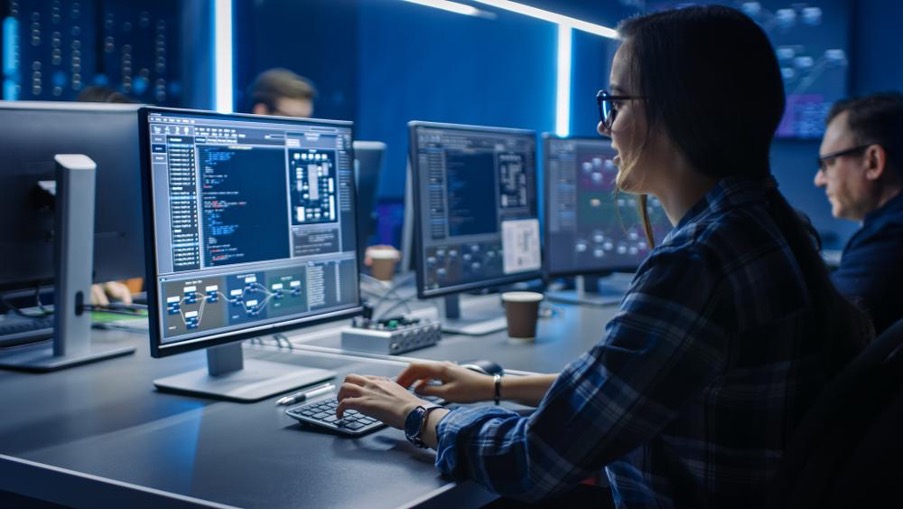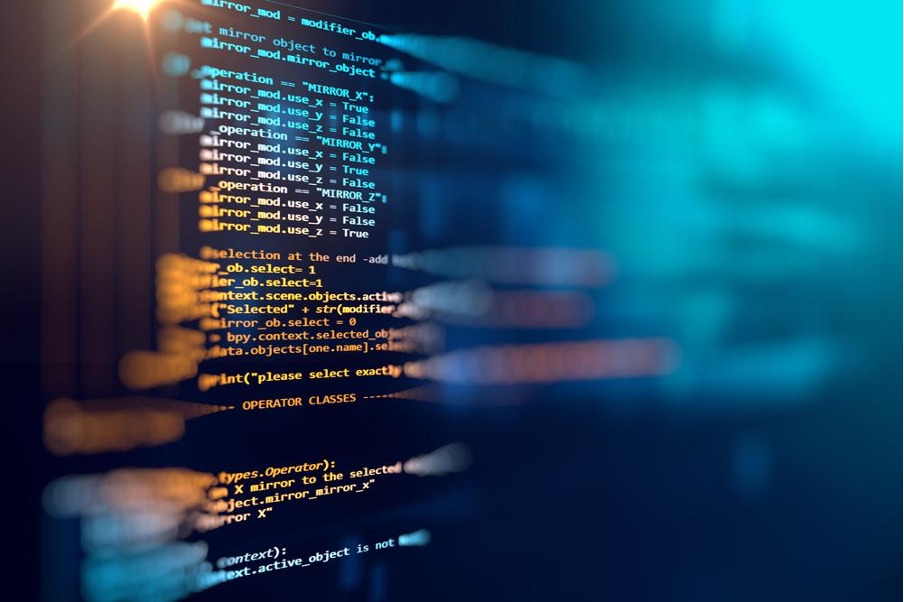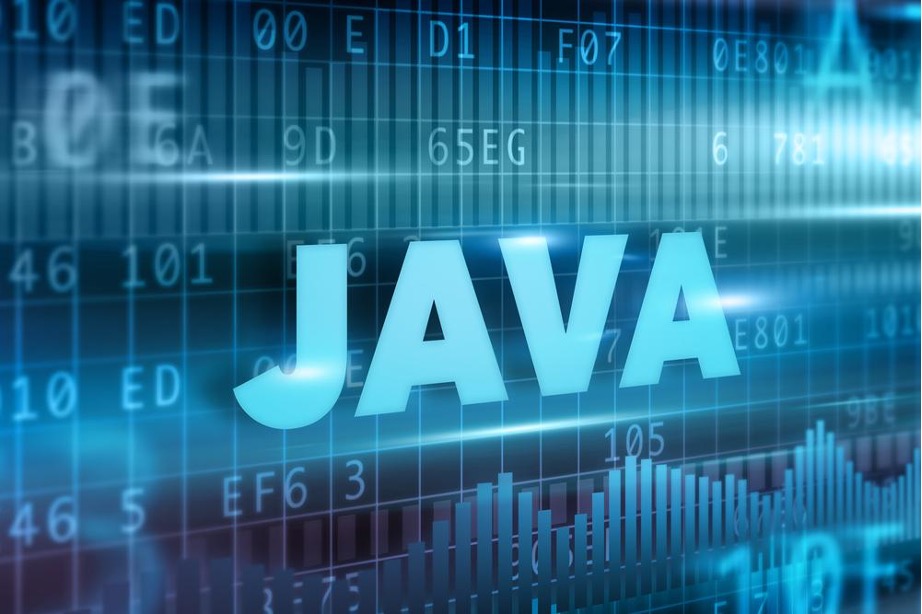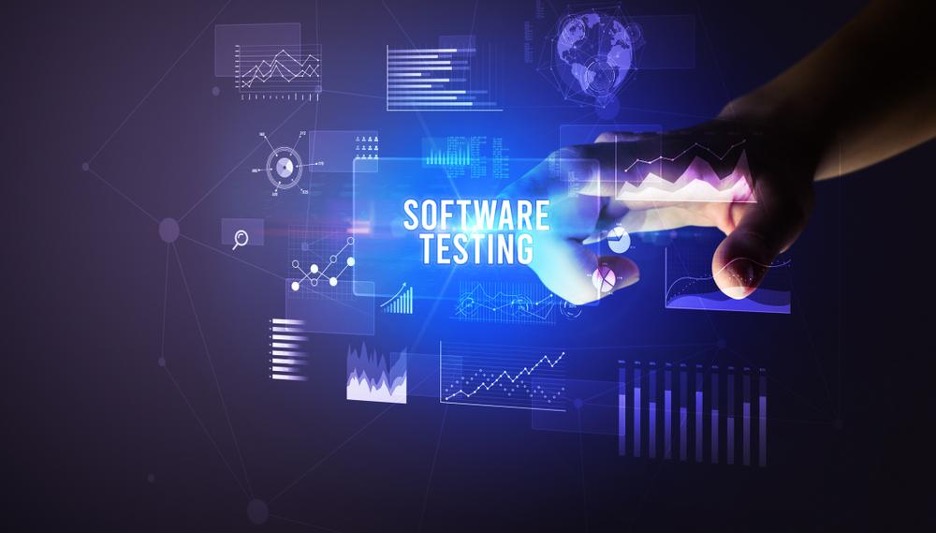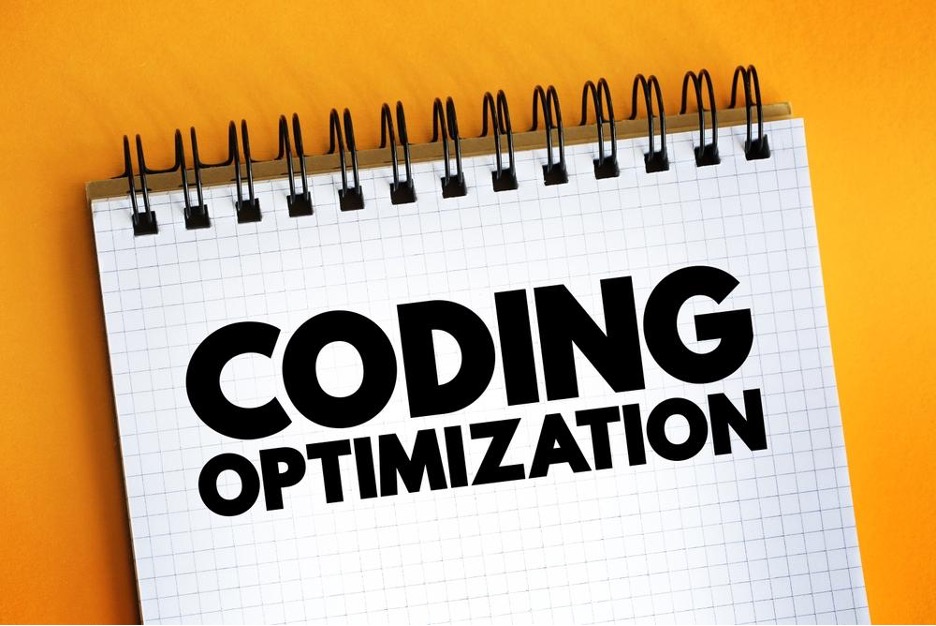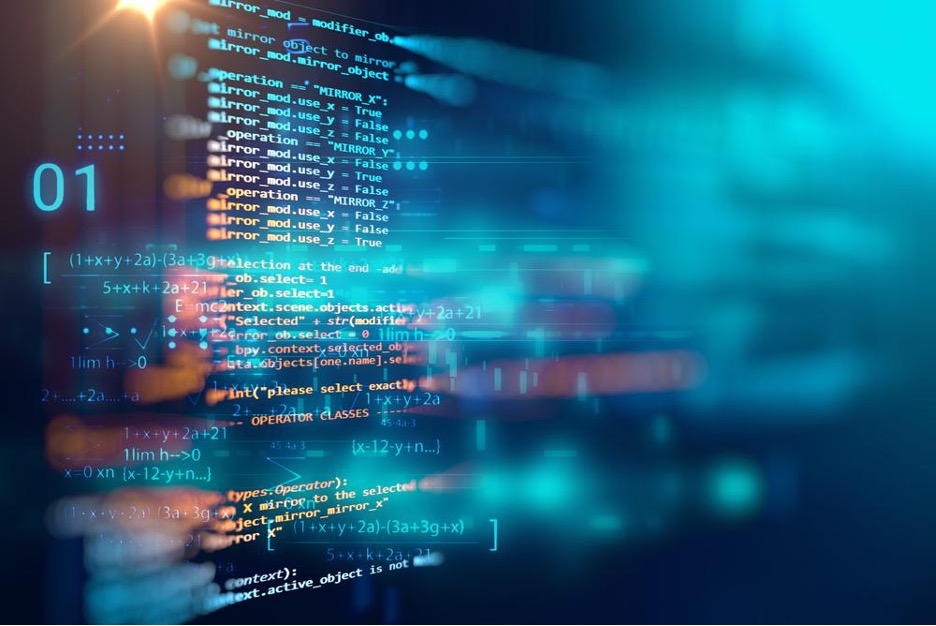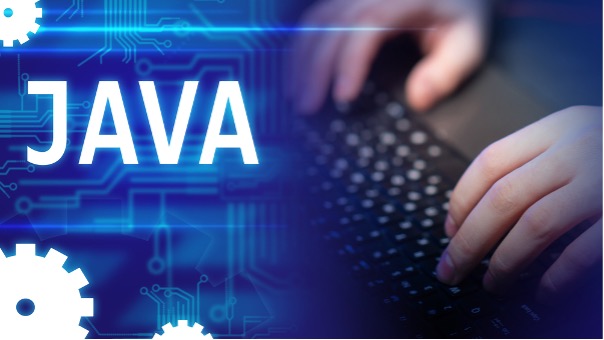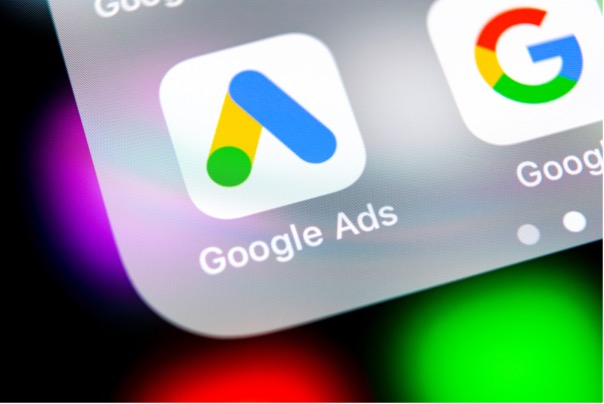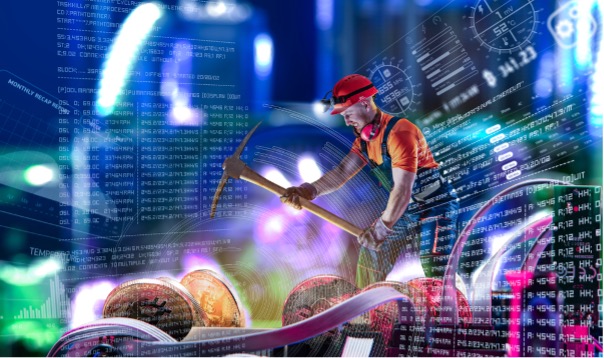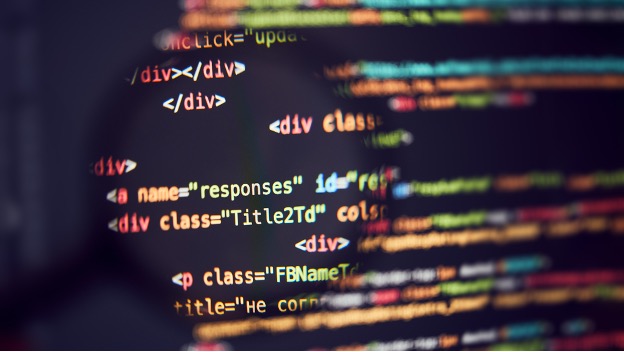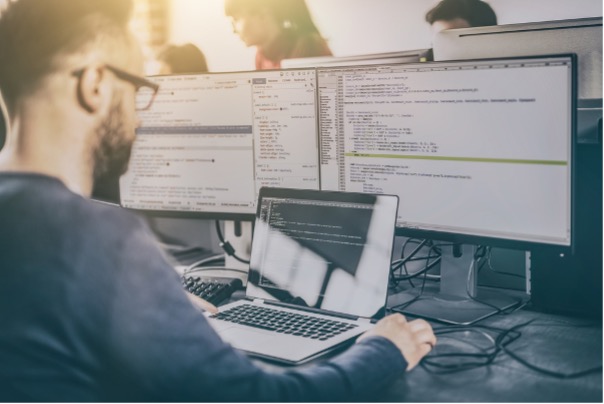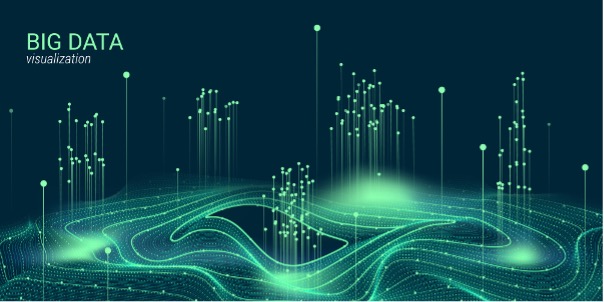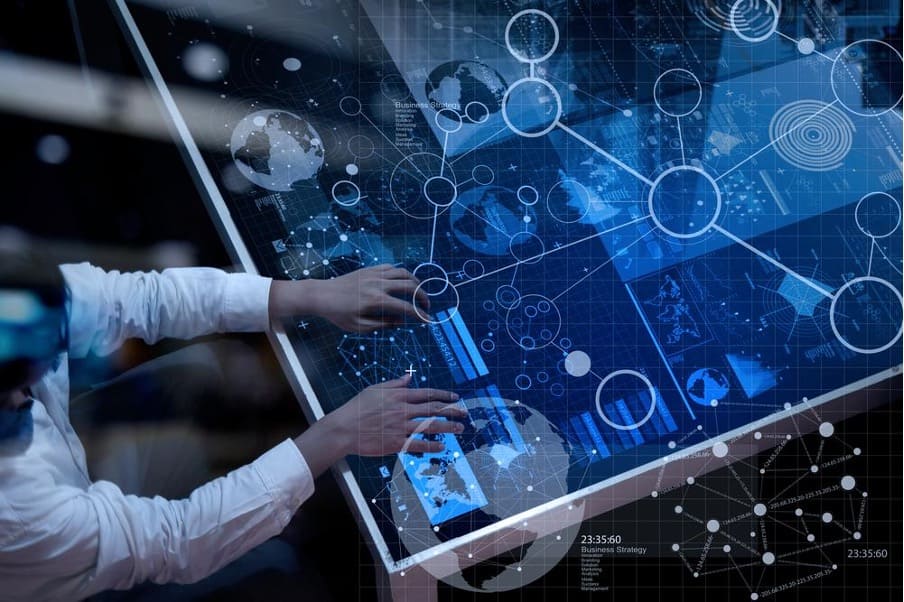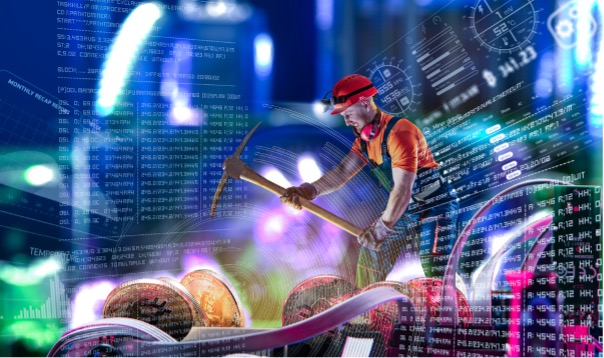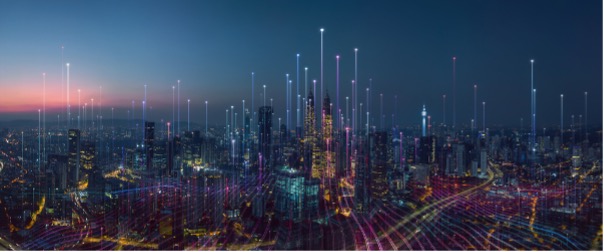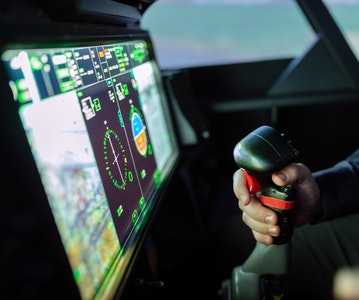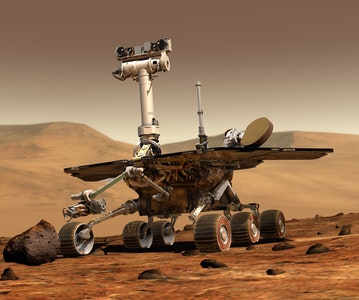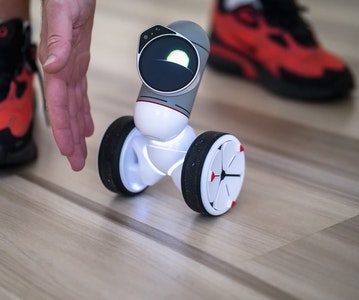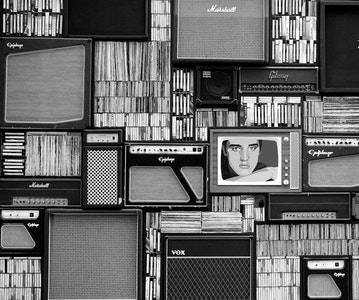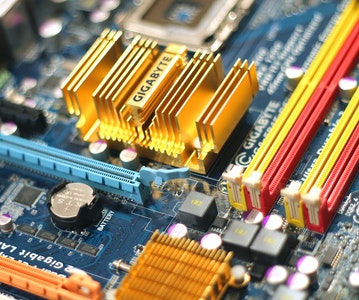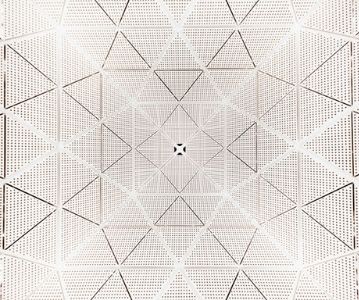This article is about Immersive Technology
Virtual Reality: Everything You Should Know
By NIIT Editorial
Published on 11/02/2021
8 minutes
A computer technology that is used to bestow the users with a simulated experience that can either be just similar or entirely different from the real world is known as Virtual Reality (VR). This computer-generated environment puts the user inside the experience, enabling them to immerse and interact with the 3D world. Unlike the traditional interfaces, this immersive technology simulates multiple senses like hearing, vision, touch and even smell for the users to have a realistic experience.
While the experience is highly fascinating for all of us, have you ever wondered what all makes this possible? The real concept can be deciphered more accurately by knowing what goes on in the backend. With that being said, we are going to discuss the technology behind VR, the execution of virtual reality headset, and related terminologies that surround the development of the simulated ecosystem.
History of Virtual Reality
There has been a dispute in knowing the exact origin of virtual reality. One of the reasons is because it becomes slightly difficult to define a concept for a thing having an alternative existence. In the early 1860s, other elements of VR were observed by Antonin Artaud. His idea of Virtual Reality was that the illusion is not any different from reality and the audiences should let go of the disbelief and consider the drama as a reality. Later on, science fiction was the reason to give birth to the concept of more modern virtual reality. Then in 1957, Martin Heilig filed a patent where the VR systems were used for a head-mounted stereoscopic television device.
Since then, the virtual reality system has witnessed a gradual development, leading it towards greater progress. Initially, the developers faced difficulty in creating a flawless immersive experience, but once they got a hang of it, no one could stop them to bestow the customers with an amazing yet affordable experience. Several renowned companies such as HTC, Oculus, Sony and Valve have been offering those kinds of VR hardware that can improve through leaps and bounds. Hence, a large number of people, across the world, are familiar with this most-used technology.
Scientific Basis of Virtual Reality
As discussed earlier, Virtual Reality holds the purpose to simulate the settings to make the environment look realistic enough to make the human brain believe that all this is real. Scientifically, people can perceive the VR experience as real when they can interpret things and develop a mental picture of the world. Simply stated, the previous experiences we have had guides us to judge the perception of reality. For instance, our experience of seeing the sky tells us that that direction is “up”. Our vision plays a major role here. When we see any object, we can identify it by the size or shape and we can also use it to judge a distance from its size. Light sources can also be detected by tracking the shadows cast by the objects around us.
With that being said, the VR developers and designers use such conventional rules to create a virtual environment that fits our mental expectations of reality. Once they are done with it, we have a seamless result that gives a real experience.
Technical Basics of Virtual Reality
Though there has been a drastic upgrade in the VR systems, yet we are lagging a bit in providing an exceptional immersive experience. There are lots of factors that are responsible to provide a flawless virtual reality video experience to the users. Let’s discuss how VR and VR headsets work and where are they reaching.
Field of view: Technically speaking, one of the biggest factors that contribute to the VR systems is the Field of View (FOV). The VR headsets should possess a much wider Field of View to give a faultless experience. Human beings possess the ability to view approximately 200 to 220 degree arc around their head. And our eyesight (from left to right) can overlap to an arc of 114 degrees and hence we can see in 3D.
The upgraded VR headsets of today’s era have their attention on the 114-degree 3D space to bestow a perfect virtual environment. Nonetheless, the developers and designers are striving hard to create devices that will enable a 180 degree FOV which will give the best VR simulation.
Frame rate: Frame rate is one of the most debatable factors in the virtual reality world. Dealing with the frame rates in a virtual environment is a bit daunting. This is because no real scientific consensus is present about the sensitivity of human vision concerning the VR environment. However, we cannot deny the fact that human eyes can see around 1000 frames per second (FPS). But the studies suggest that only 150 FPS of translation is received by the human brain, rest is lost in the way. And for a person to watch anything in a movie theatre, just 24 FPS is required.
A standard frame rate for a virtual reality environment is 60 FPS, anything less than that is considered to be harmful to human beings and can cause issues like nausea, headache or disorientation in the user. Hence, the VR developers and designers make sure to maintain a safe frame rate of 90. Some brands like Sony don’t even allow any software having less than 60 FPS on its device. Furthermore, the developers are working to reach a frame rate of 120 or more that will enhance the VR experience more.
Sound effects: Sound is an invincible factor in providing a successful VR environment. The virtual reality world is nowadays relying on the latest technologies, one of them being spatial audio. This is used to create a simulated audio landscape corresponding to the visuals created by VR. If we sit in a well-designed concert hall, we can hear the sounds from everywhere in that hall. This is all because of spatial audio. This technique enables the VR designers to produce a binaural (stereo) audio through a set of headphones that mimics the exact sensation.
Though there are several current implementations, yet all of them share some basic features such as:
- Volume control
- Usage of left/right delay for conveying direction
- Usage of head tracking to map auditory space
- Manipulation of reverberation and echo to simulate environmental factors
However, a VR headset needs to have the audio effects computed in real-time so that it regulates the user’s movement. A lot has to be still managed to make the VR headset reach an exceptional level.
Head and position tracking: While sound and visuals are two imperative elements for an apt implementation of Virtual Reality setup, it is also vital to track that the users can move within the virtual space that adjusts to their position. This shows that the VR headset is different from normal video viewing glasses.
Head and position tracking in VR applications are categorised into two parts – 3DoF and 6DoF (measured in degrees of freedom). Mobile VR headsets such as Samsung Gear VR, Google’s Daydream View and the Oculus Go are using 3DoF. This means that they possess the ability to conduct rotational tracking only. They will be able to detect of our head’s movement, whether it is turning right or left. But the movement of our whole body won’t be detected by these devices.
Whereas, VR headsets using 6DoF can easily track the user’s position within the range of a room. Not only this, but it can also detect the direction of where the head is pointed. All in all, headsets with 6DoF frequency will permit you a full autonomous movement through a 3D space which is way more realistic than the actual VR experience. The method may vary based on various experiences, but basic ways involve camera-based tracking with infrared light beacons.
Future of Virtual Reality
Undoubtedly, virtual reality technology has soared tremendously yet it possesses more potential to get better in the coming years. Developments like more lifelike FOV and better 3D audio can make the future of virtual reality technology way more exciting.
In the upcoming days, VR is going to unleash a more upgraded version as compared to today. The use of haptic feedback devices such as HaptX Gloves will be exceptional. This device provides much realistic touch sensations for the object users to have interaction within the VR.
In a nutshell, VR technology has much more to explore in various fields. More the Virtual Reality technology will grow, more are the chances of soaring of developers and designers – giving them more and better employment opportunities. Hence, it can be said that it is a win-win situation and no it is just the beginning of a technological revolution.
Game Development Course
Becoming a Game Developer: A Course for Programmers. Design and Build Your Own Game using Unity.
Job Placement Assistance
Course duration: 20 weeks
 Sign Up
Sign Up




